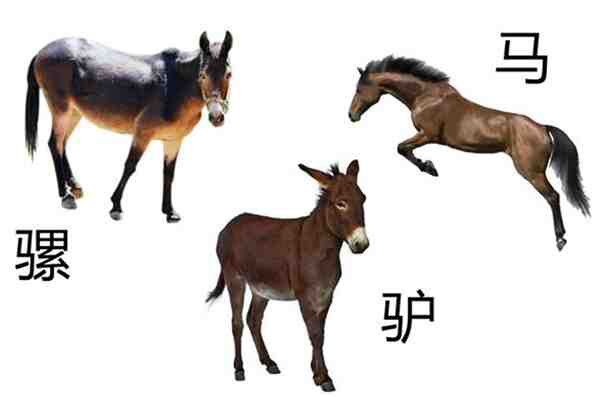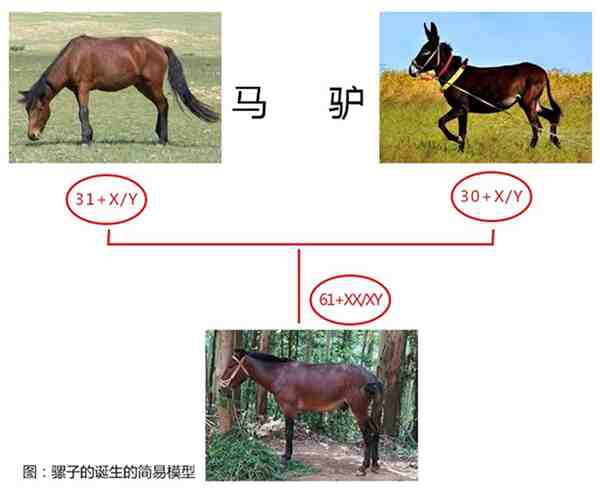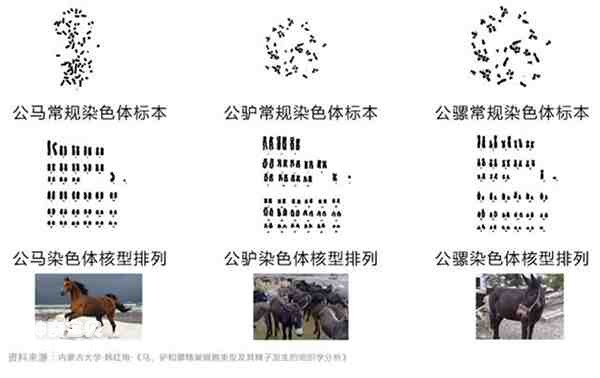There are two types of mules. The species produced by the mating of a male donkey and a female horse is called a horse mule. The species produced by the mating of a male horse and a female donkey is called a donkey mule. They are both referred to as mules. As a cross between a horse and a donkey, the donkey has only 31 pairs of chromosomes, while the horse has 32 pairs. In this combination, 31 or 32 pairs will appear during fertilization. The mule has 63 chromosomes. In this case, the genes shared by the two species will naturally be combined, making the mule breed very strong, but losing the ability to reproduce.

Mule breeding has a long history in our country. However, it has gone through a long period of time before it has been widely used in agricultural production as a farm animal. According to Gu Yanwu in the late Ming and early Qing Dynasties, he recorded in his "Rizhilu": "Since the Qin Dynasty and above, it is said that the speechless donkey exists, but it is not a common animal in people's homes."

In ancient times, farmers in mainland my country did not have donkeys, and certainly no mules. The original mules came from the northwest minority areas. According to the research of ancient agriculturists, the introduction of mules from the frontier to the inland began about 3,000 years ago during the Shangtang era. At that time, the ethnic minorities in the northwest used mules as "tributes" and presented them to the emperor as precious exotic animals. By the end of the Warring States Period, although there were more mules than before, they were still royal playthings.

Lu Jia's "Xinyu" in the Han Dynasty said: "Donkeys, mules, camels, corals, emeralds... were born in water and settled in the right place." It can be seen from this that in the early Han Dynasty, the value of mules was comparable to that of corals and the like. The treasures are comparable.

After the Han Dynasty, there were more mules in the interior, but people had not yet tapped into their production capacity. It was not until the Northern and Southern Dynasties that the northwest ethnic minorities brought a large number of donkeys and mules. People in the inland agricultural areas gradually mastered the methods and breeding knowledge of horses and donkeys or donkeys and horses to breed mules, and then they were classified as livestock such as Equus and were widely used. Used for farming and transportation. In the Tang Dynasty, pastures for breeding donkeys and mules were set up in Shaanxi. The footprints of mules spread almost all over the country.
animal tags: donkey mule horse origin evolution
We created this article in conjunction with AI technology, then made sure it was fact-checked and edited by a Animals Top editor.